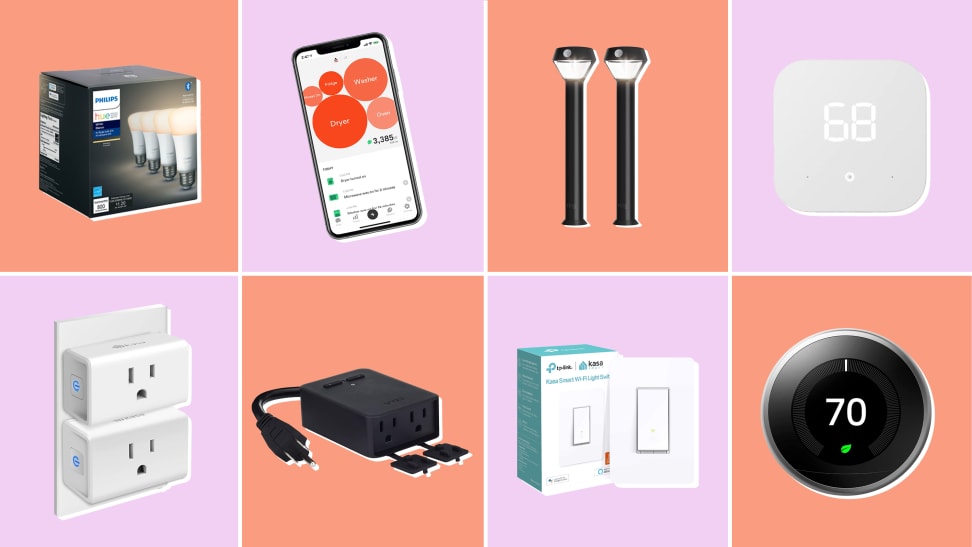 Credit:
Reviewed / Philips / Sense / Ring / Amazon / Kasa / Wyze / Google
Credit:
Reviewed / Philips / Sense / Ring / Amazon / Kasa / Wyze / Google
Products are chosen independently by our editors. Purchases made through our links may earn us a commission.
It’s hot out there—and you’re likely running your A/C or ceiling fan on full blast more often than you normally would. With cities across the country facing rising temperatures—and energy prices—you may be able to save some dough by leaning on your smart home.
Yes, smart devices like app- and voice-controlled plugs, bulbs, thermostats, and more can lead to a reduction in energy consumption, and therefore a lower monthly bill during hot and cold months. So can routines, schedules, and other home automation features that help your network of devices work more efficiently together and help you become more mindful of your energy habits.
Here are 8 ways your smart home can save you energy.
1. Make energy saving adjustments to your HVAC system
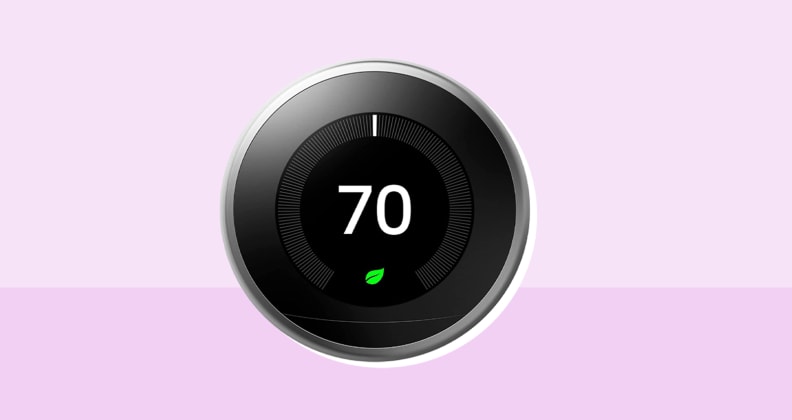
The Home/Away Assist feature can adjust the temperature after you leave and won't cool or heat your home while it's empty–unless you need it to.
The comforts of heating and cooling come with a price tag and in summer, those numbers tend to be sky-high. In fact, due to 2022’s record temperatures, predictions are indicating that electric bills could rise as much as 45%.
Daunting as that is, there’s a solution: equipping your home with a smart thermostat, like the Amazon Smart Thermostat or Nest Learning Thermostat.
Both of these gadgets are designed to learn your habits and preferences, which then allows them to make automatic adjustments to your home’s heating and cooling schedule.
The result? A more efficient system for keeping your home comfortable, that just so happens to cause less energy consumption in the process.
Hoping for more feedback from your thermostat? Google thermostats offer programs like Nest Renew and Seasonal Savings, to help customers save more.
Additionally, if you find yourself away from home, wondering about your home’s internal temperature, you can check in and adjust it remotely.
2. Turn things off remotely with a smart plug
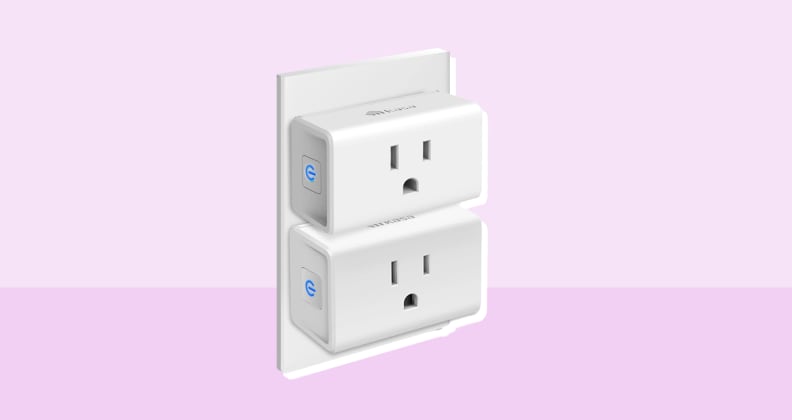
Pair your favorite virtual assistant with this smart plug.
If you’re someone who regularly wonders if you remembered to turn off a light, flat iron, or coffee maker, smart plugs are absolutely worth investing in.
As convenient as they are when you’re home—given they can be paired with smart assistants like Alexa so that you can turn things on and off with your voice—they’re particularly great remotely.
That’s because you can simply hop into your coordinating app to turn things off even when you’re away from home.
Some smart plugs, like Kasa smart plugs, even go so far as to analyze usage consumption, so you can learn your habits and find ways to embrace a more sustainable, less energy-consuming routine.
3. Program outdoor plugs so that your lights and holiday decorations are only on when necessary
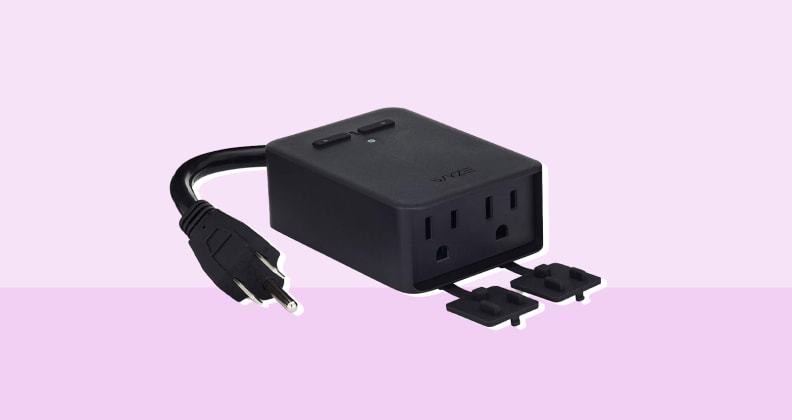
With the Wyze Plug, you can take full stock of the dual outlet for your devices.
Whether it's inflatables for the holiday season or your backyard patio string lights, outdoor smart plugs are designed to help you only power these devices when you need to.
The Wyze Outdoor Plug is one of the best smart outdoor smart plugs, with two independently controlled outlets and app security features that keep your smart home safe and secure like two-factor authentication.
4. Create schedules to regulate energy usage
Many smart devices have scheduling features which can be customized in the companion app. For example, if you always forget to turn off the lights when you leave home for work at 9 a.m., you can set a schedule using smart bulbs or smart switches that turns them off automatically (or a smart plug if you've got a lamp). That way you have the peace of mind of knowing that the lights are off without having to do it yourself.
Many other smart devices such as smart sprinkler controllers like the Rachio 3 and smart plugs support scheduling features, so that you never use more energy than you need to.
5. Use smart bulbs adaptive lighting to cut down on costs
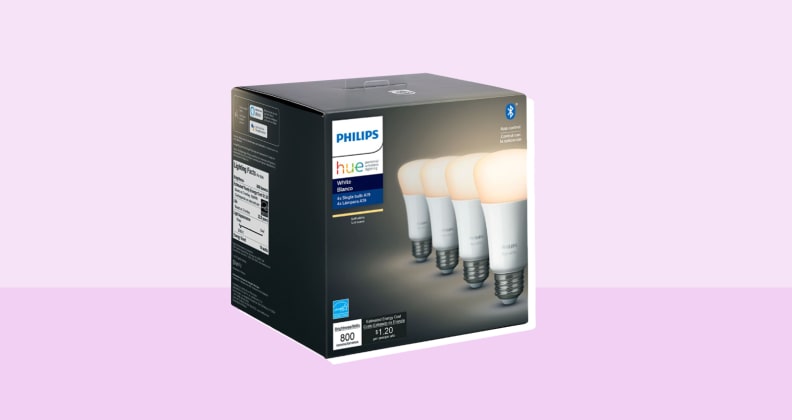
These Hue Bulbs from Philips can be used with voice control and bluetooth.
Even if you don’t have a set schedule, some smart bulbs, like the Philips Hue Bulbs, are adaptive, so they automatically brighten in the morning and dim in the evening, further helping to curb energy consumption.
These bulbs automatically dim at a certain time of day or based on the level of brightness in a room. Not only does this use less energy, but lowering the light may help reduce how hot it feels inside of your home on a warm summer's day.
6. Manage the lights from anywhere with smart switches
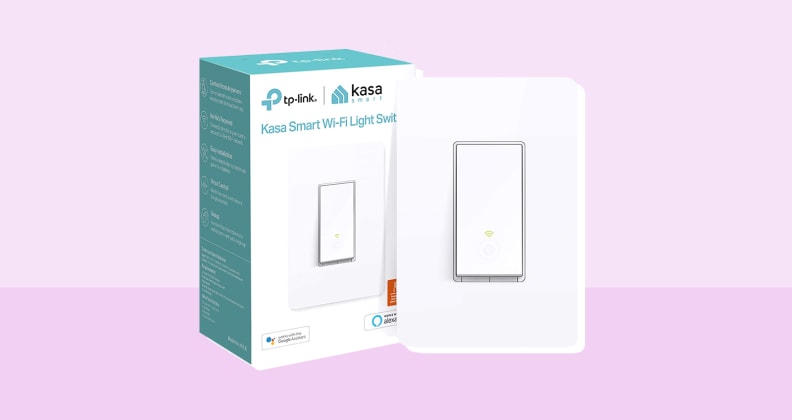
Near or far, you'll be able to conveniently operate these lights like you're right at home.
If you don’t have smart plugs or smart bulbs, there’s always the option for smart light switches, which operate in much the same way—via the companion app and with voice command using a compatible smart assistant. A smart switch is a more cost effective option for remotely managing multi-bulb light fixtures, as replacing every bulb with a smart bulb adds up quick.
As long as the switches remain connected to Wi-Fi, you can use them to control the lights from anywhere. As a result, you always have full control of how much energy you’re consuming. Smart light switches also support automation features like schedules and routines.
Some smart light switches, like those from Kasa, also offer energy insights in the Kasa app, available for iOS and Android, so you can easily keep tabs on your usage.
7. With geofencing, you can ensure your devices only operate when needed
Some smart devices are equipped with geofencing, which uses your location (with your permission) to determine when you’re home or away. This helps to trigger your smart home on and off when you are within a certain range of your home.
Take smart thermostats, for example. With geofencing enabled, your thermostat will know when you’re not home and will adjust the temperature to lower consumption until you get closer to home.
Smart garage door controllers like the Nexx NXG-200 support geofencing. This mean that, when you approach home, you can set your garage door to automatically open (and close when you leave). In addition to security, garages are often the largest entrance to a home and can let in a lot of hot air during the summer and cold air during the winter.
Choosing a garage door opener with geofencing and other smart features to remotely manage your door can keep unwanted air out, and temperature more regulated inside, keeping from sending your HVAC into overdrive.
All in all, geofencing is a mindless way to save energy, as it does the thinking for you, ensuring your devices are only on when you need them.
8. Opt for battery- or solar-powered smart home devices
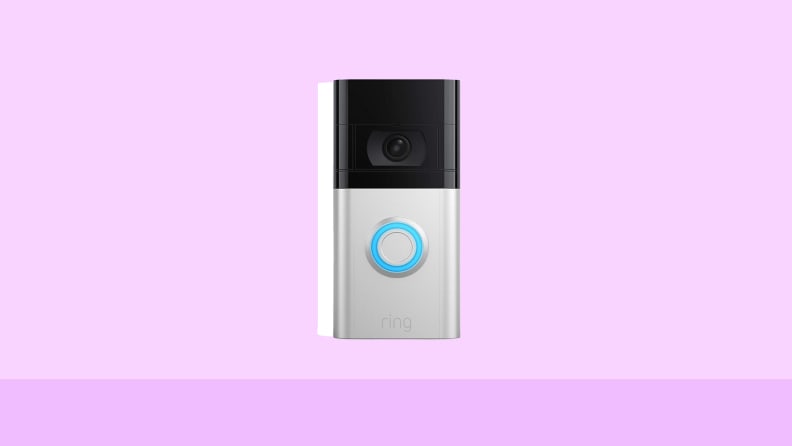
Battery-operated devices like the Ring Video Doorbell 4 will save you money on energy and are usually long-lasting.
Many smart home devices require being wired—but not all. Some security cameras, smart floodlights, and video doorbells—like the Ring Video Doorbell 4 and Eufy Cam Pro 2 Floodlight—can be operated by rechargeable batteries, making them notably more eco-friendly, especially since the fully-charged batteries are designed to last for six to 12 months.
The battery life will vary greatly depending on how many motion events your camera captures per day. The more events, the quicker the battery life will drain.
If you’re worried about your battery dying all of a sudden, though, rest assured, you get notifications alerting you of needing a charge. Another option for some are solar panels.
Reusable battery-powered smart home devices help offset energy usage, but we can do you one better with solar power.
More and more brands are entering the solar-powered smart home category but few SKUs are quite as impressive as Ring’s Solar Pathlights, which not only illuminate your walkway after being charged by the sun but offer motion-detection smart alerts too.


